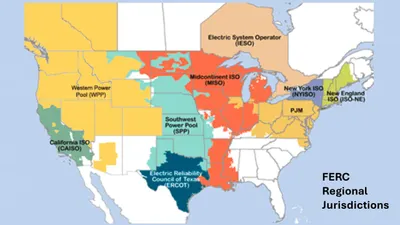
“If security is already inconsistent across hybrid or multi-cloud setups, teams will subsequently struggle to get their data fabric architecture as secure as it needs to be,” Inamdar said.
How data fabric enhances security
While there are some challenges, the reason why so many organizations choose to deploy data fabric is because it does significantly enhance data security and governance.
Data fabric architectures offer significant advantages for enhancing security when properly implemented across a number of different domains.
Centralized Security Policies
Organizations are using data fabric to fix the challenge of fragmentation. IBM’s Calvesbert noted that with data fabric organizations can create a centralized set of policies and rules capable of reaching all data within the organization. Policies and rules can be linked to any and all data assets through metadata like classifications, business terms, user groups, and roles – and then enforced automatically whenever data is accessed or moved.
Regulatory compliance
A data fabric deepens organizations’ understanding and control of their data and consumption patterns. “With this deeper understanding, organizations can easily detect sensitive data and workloads in potential violation of GDPR, CCPA, HIPAA and similar regulations,” Calvesbert commented. “With deeper control, organizations can then apply the necessary data governance and security measures in near real time to remain compliant.”
Metadata management
Automated metadata management and data cataloging are integral components and benefits of data fabric.




















